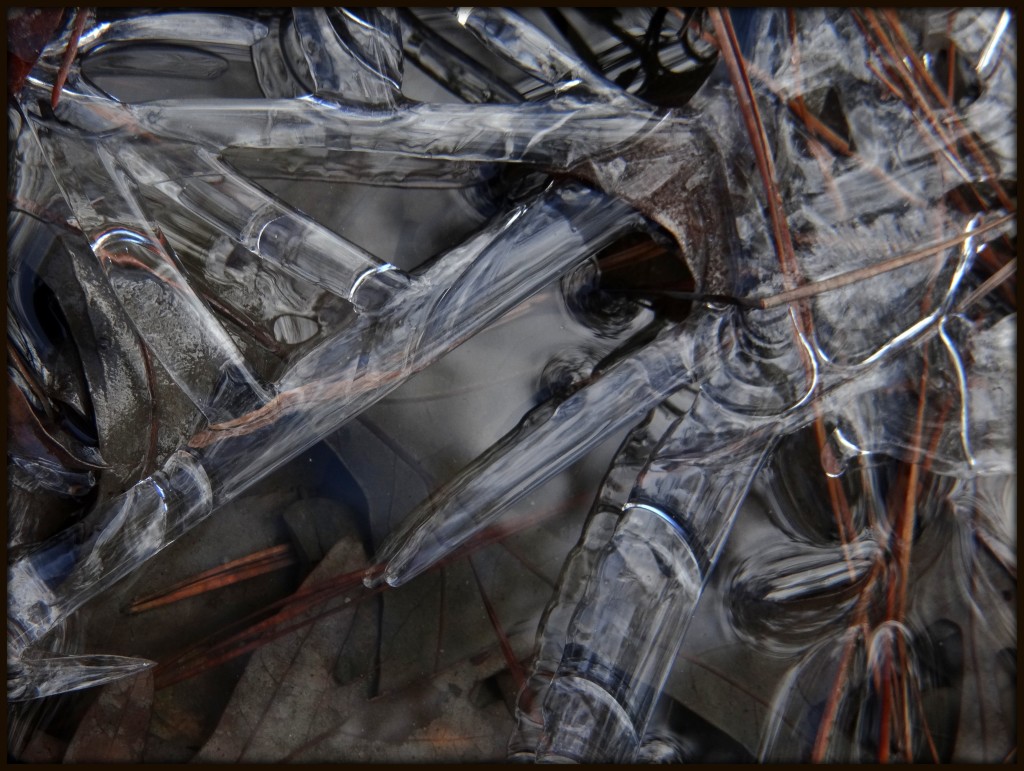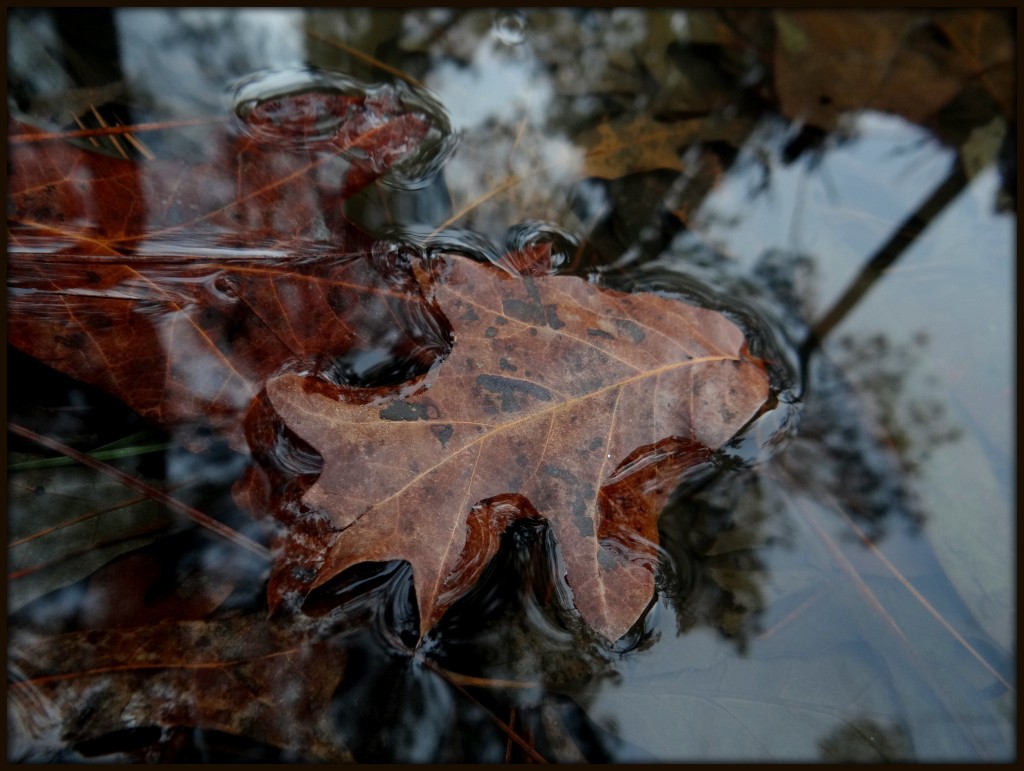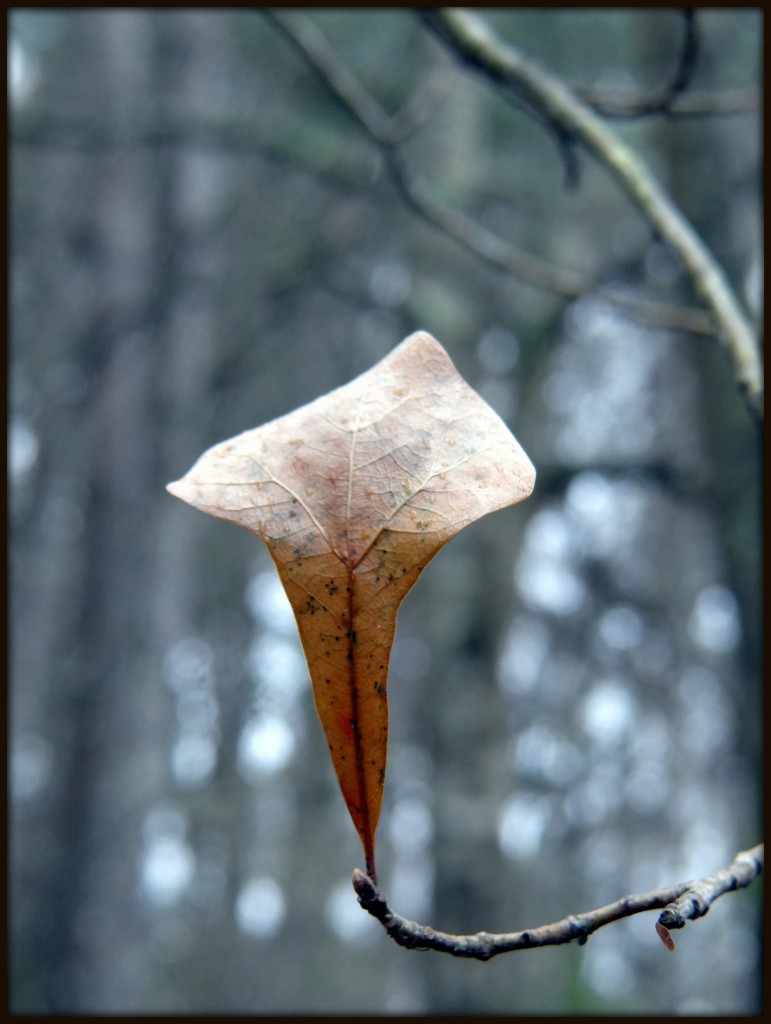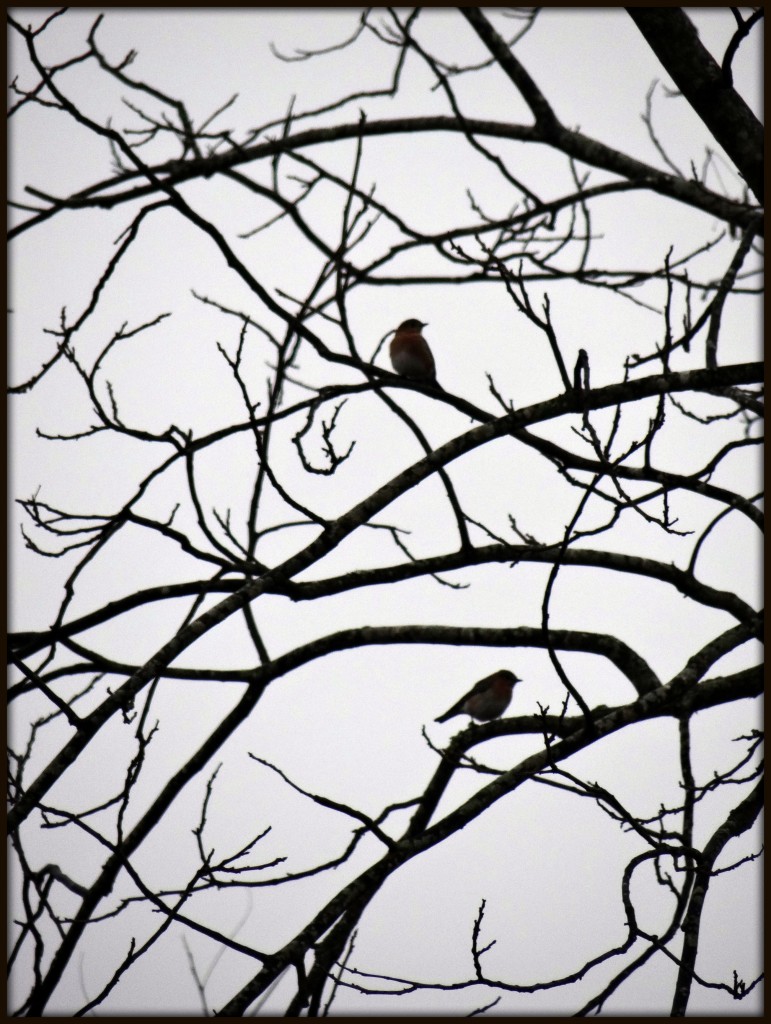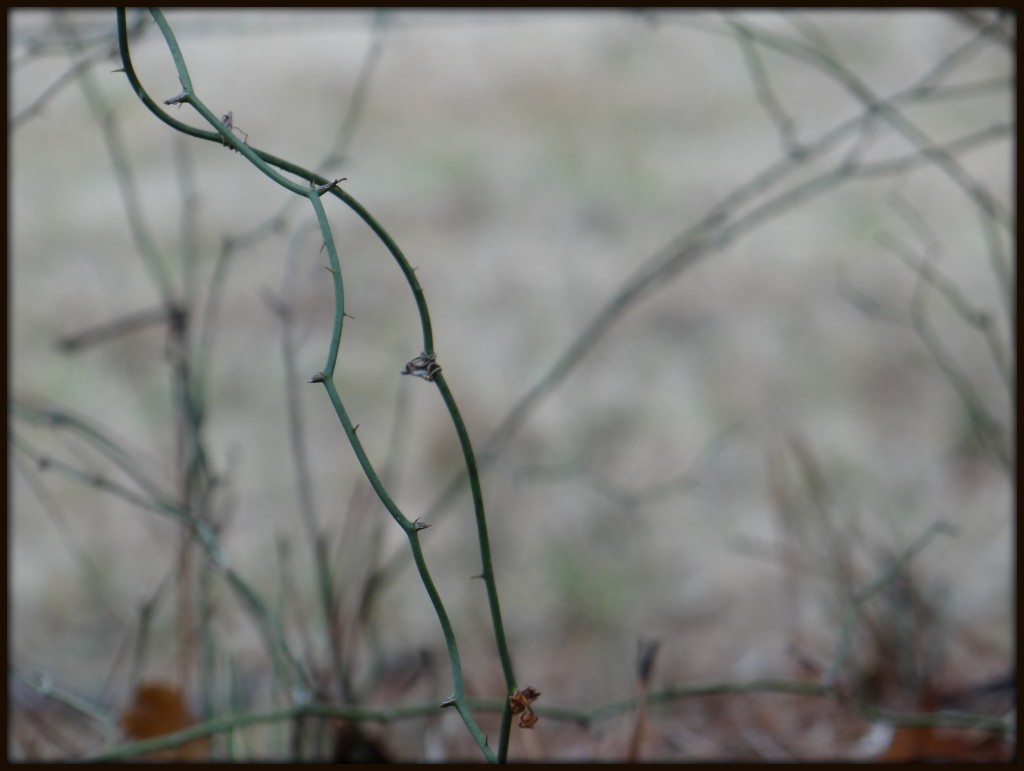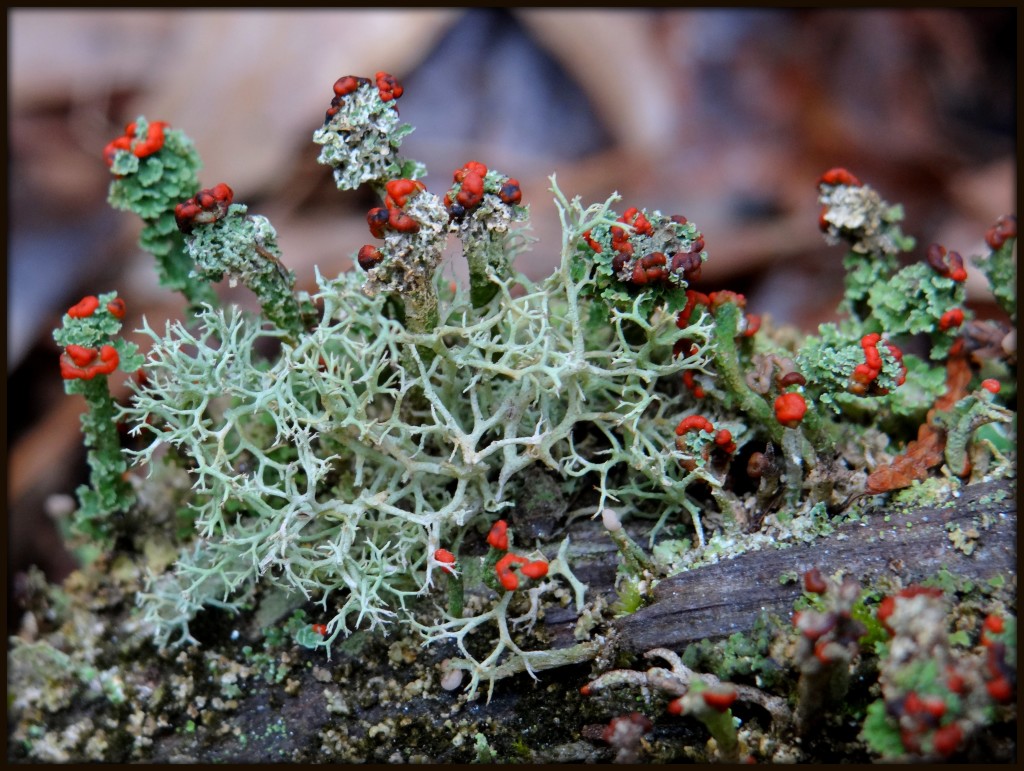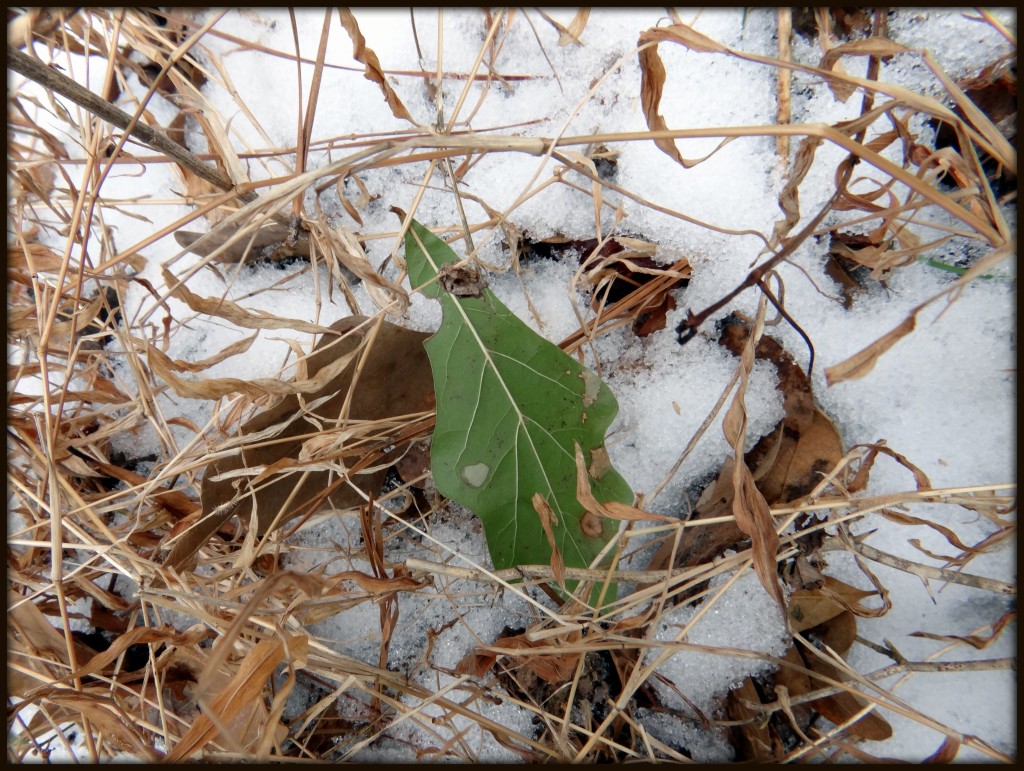
Last weekend, this author took a visit to Newman Wetlands Center, following a familiar half-mile trail of gravel and boardwalk along and through areas of ponds and woods. Fences or railings along most of its length keep visitors to the straight and narrow, preventing them from stepping off trail — and potentially, into the muck. Gravel and boardwalk surfaces are level, and capable of sustaining heavy foot traffic. The wetlands themselves are not. A single deep boot-print in the mud could remain for months.
It was quite a surprise to discover, along the trail, that a section of wooden fence had been removed. According to a laminated paper sign attached to one of the remaining fence posts in that section, the purpose of this break in the fence was to enable visitors to use “new trail areas”. Perhaps the plan is to add gravel and perhaps a wetland overlook, with more fence and railings. Or maybe the gap is there to enable visitors to feel mud underfoot and thorny briars rubbing against their bare legs.
Beyond the gap in the fence, a zone of flattened leaves marked an impromptu path a few dozen feet to the edge of a stream within the wetland. A bit of bushwacking led to a great spot for photographing some aquatic turtles (painteds and sliders) sunning themselves on a log. In his enthusiasm, the writer startled many of them while trying to approach, and they plopped into the water and swam away.
The “adventure” was one of the high points of the author’s trip, and marked the only point on the trail where there were “hazards” such as thorny underbrush and patches of deep mud. There is something unsettling, though, about that gap in the fence. It is not the gap itself that is troubling, but the fear of what its impact might be. The same space that provides children (accompanied by adults) and adults alike with a way to get closer to nature can also become heavily compacted and eroded with so many passing feet. And what of the turtles on the nearby log? Will they eventually move on, after too many times of being scared off their chosen logs? No doubt the wetlands would be much better protected if we all kept to clearly marked paths of gravel and wood.
And yet, this line of thought is even more troubling to the author, as an environmental educator. As Richard Louv has documented so powerfully in his Last Child in the Woods, children today have fewer opportunities to get out into nature than their parents did. They spend much less time splashing in the water, jumping in the mud, catching frogs and salamanders, and using leaves and branches to construct imaginary realms. Increasingly, children are growing up in suburban developments whose doctrines and convenants expressly forbid tree forts and wild spaces in residents’ yards. Where can children go to bond with nature? “Where do the children play?” as a famous songwriter once asked.
There are so few places left in Georgia, and throughout much of the eastern U.S., for children to connect with the natural world. So naturally, those few places open to them are in danger of abuse from overuse, because they are all there is. We need more gaps in the fence, not fewer. We need a lot more places without fences, or “keep out” signs, or wood-chip paths where nature is to be observed at a respectful distance, like paintings behind ropes in a museum.
This article was originally published on March 31, 2010.
